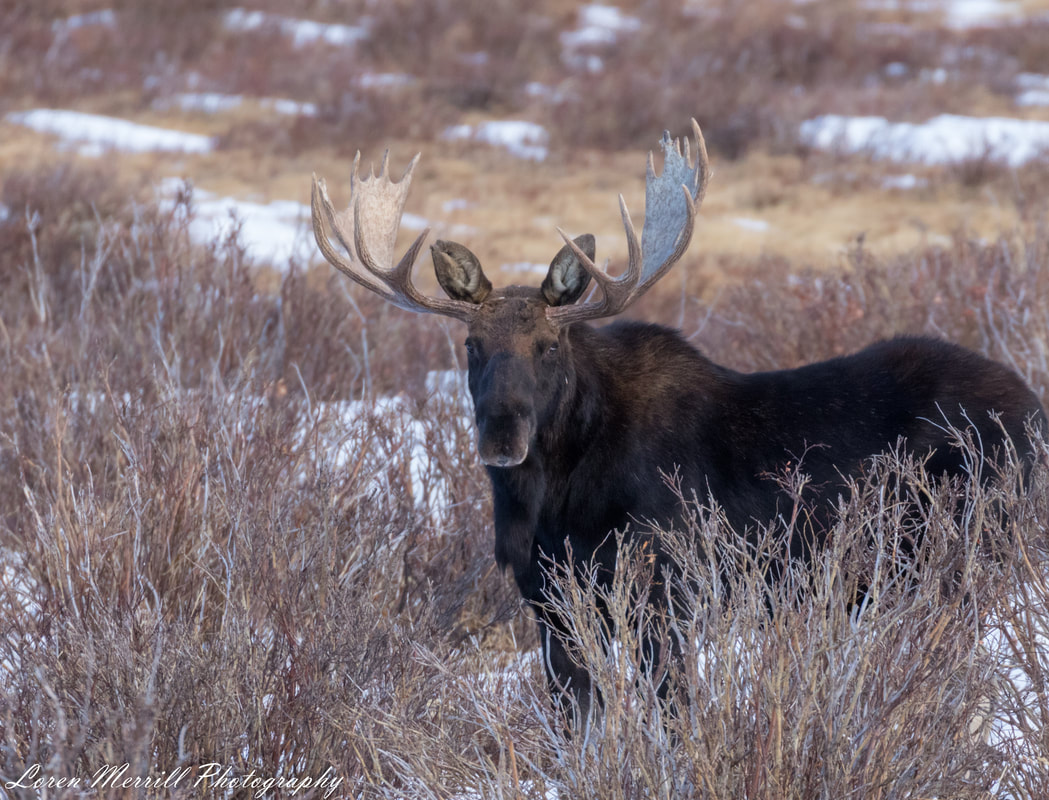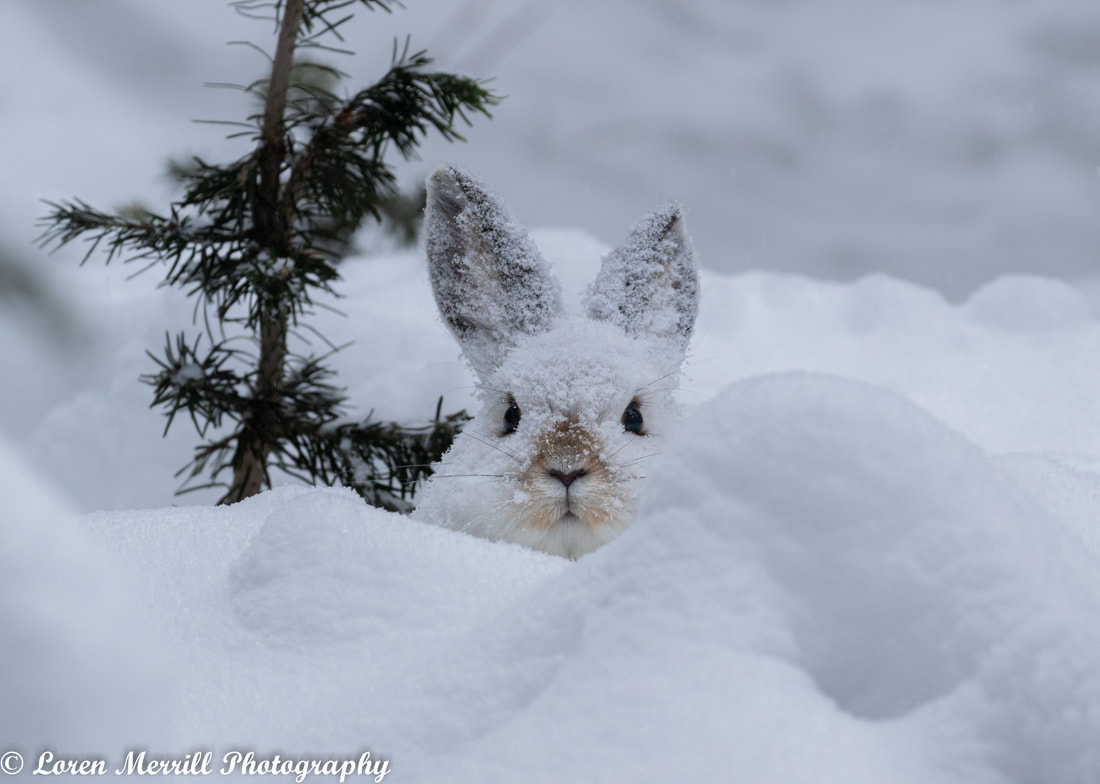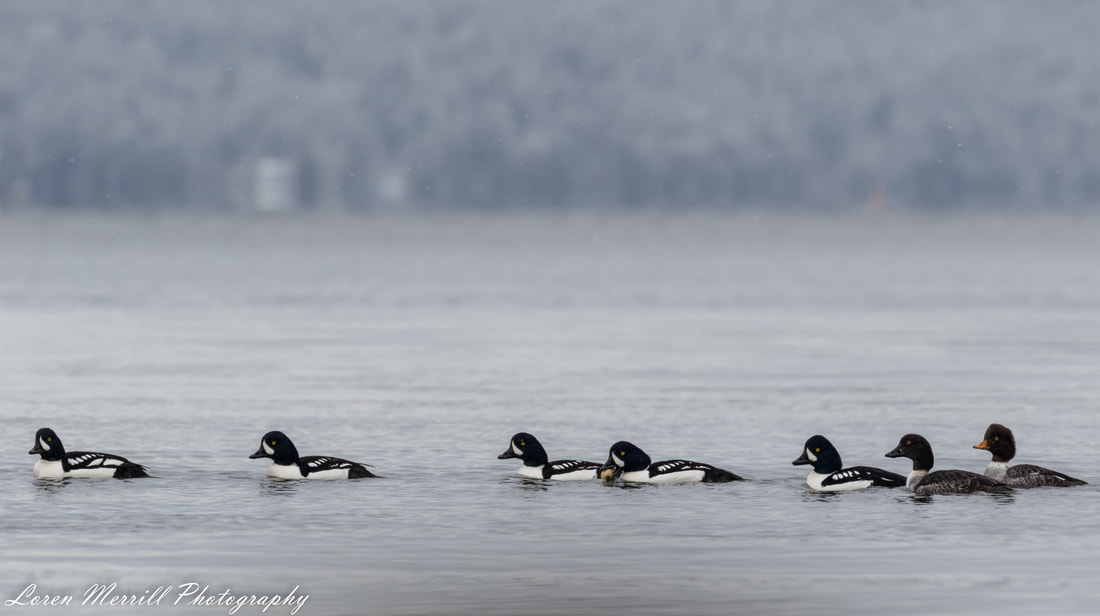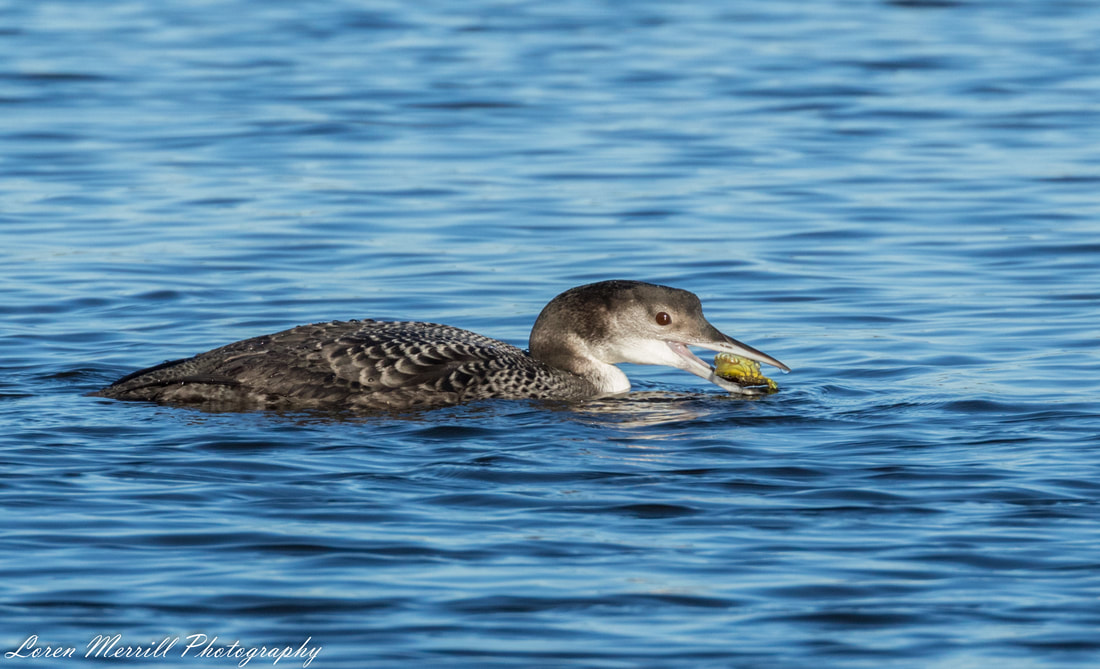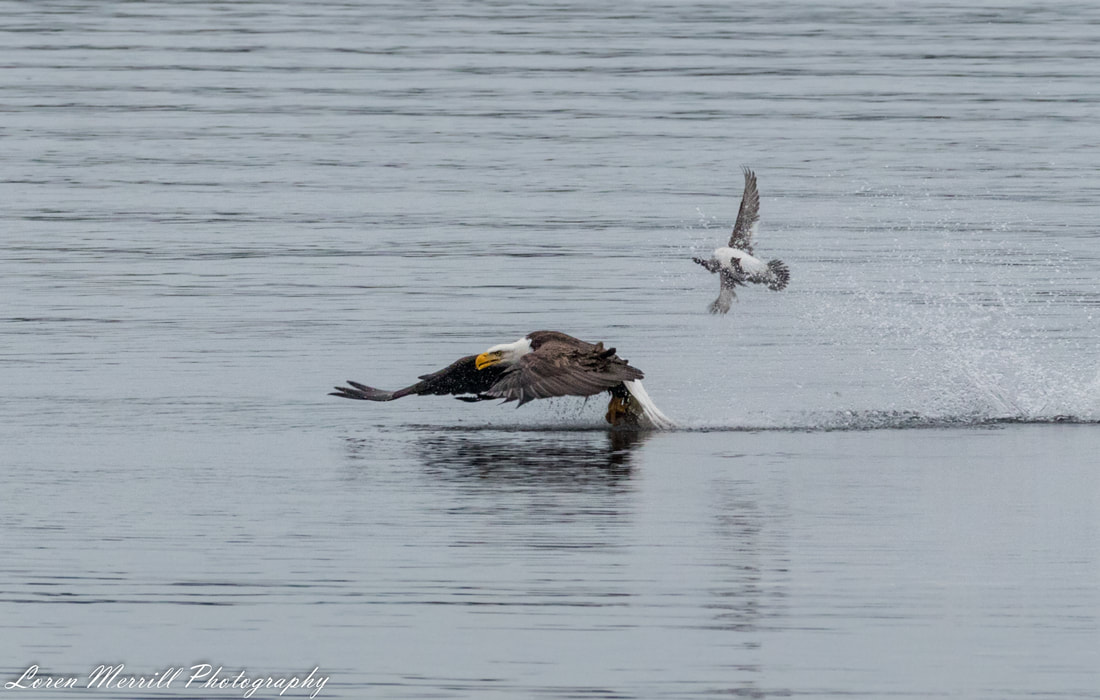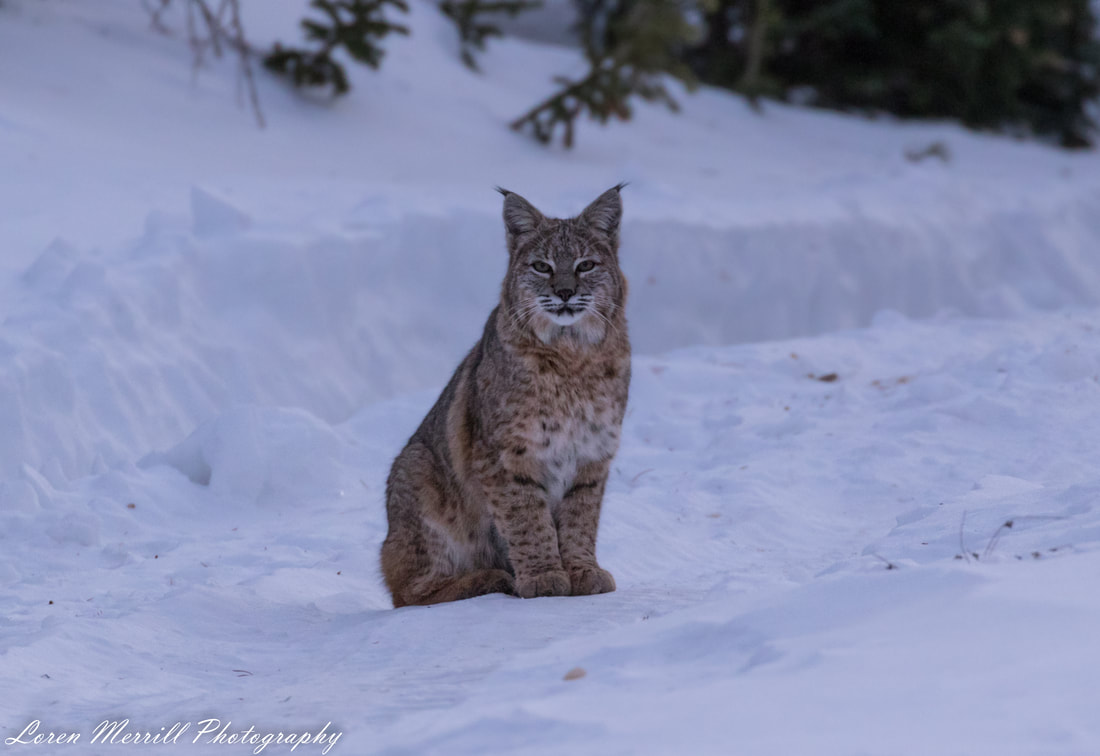 A large Bobcat stares at me from the snow-covered forest service road I frequent near our place in Nederland, CO. I think the cat was hoping I would move off the road so it could continue its journey, but I had plopped myself down on the edge of the road so eventually it wandered off across the meadow. Winter is officially here. The days are short and cold, and the nights are long and colder. It’s the perfect time to make friends with a new book, a hot mug of tea, and a blazing fireplace. Most people avoid the cold as much as possible; even the sun doesn’t want to be out there at that time of year, hiding below the horizon in its nighttime flannels until it begrudgingly climbs out of bed hours after it should. It then puts in a truncated work day, listlessly moving across the sky before jumping back under the covers of darkness, claiming it doesn’t feel well. And yet I find myself drawn from the warmth and comfort of the indoors to the outdoors time and again during the winter. An impartial observer might well question my state of mind; after all, I don’t enjoy the cold, I get cold rather easily, and I have terrible circulation in my extremities which often makes for a painful experience regardless of how many layers I have on. And still I go. Why? Because wintertime can provide insights into the natural world not possible during the other times of the year. For example, a fresh coating of snow creates a photographic negative of sorts, on which nature leaves an imprint of itself, revealing a wealth of secrets we would otherwise be ignorant of. In essence, the snow creates a temporary record of who is in the area and what they have been doing. Tiny sets of paired footprints weave among the snow-covered shrubs, sporadically vanishing under the surface where the mouse, vole or other small mammal burrowed into the snow to continue its journey. Sometimes larger prints intersect these smaller ones, indicative of a fox, coyote, or bobcat hoping to intercept the rodent. Every so often, the small tracks lead across an opening and then terminate where a hawk or owl has created a beautiful and terrible snow-angel (of death). Large patches of disturbed snow show where a herd of elk or deer pawed their way down through the powder to get at the dried grasses hidden below. And on occasion, following tracks can lead to unexpected surprises. During one of our heaviest snowfalls, just prior to Thanksgiving, I got myself bundled up in all my winter outdoor gear and headed up the mountain to search for snow-covered moose. There were 15-20 inches of fresh powder on the ground, with intermittent flurries filling the gray skies. The temperature was in the single digits and falling with dusk only an hour away. The forest service road I was following was mostly a blank white canvas; few animals had yet been out to make their mark. The snow depth varied dramatically as I progressed, ranging from calf-high in areas with a thick roof of conifer branches overhead, to waist-high or deeper in places where the wind had created snow mounds. This ephemeral topography (or “snopography” as I decided it should be called) definitely created some challenges for me, but there is an undefinable beauty associated with a landscape freshly dressed in white. The world seemed muted under the heavy blanket of snow. An occasional mountain chickadee or red-breasted nuthatch would vocalize once or twice and then be reabsorbed by the woods. A few pine grosbeaks flew in to the top of a spruce, called out, and then went quiet as though they were embarrassed by the noise. I made slow but steady headway, and after 30 or 40 minutes I came across some fresh moose tracks. Moose are well-adapted for winter, and deep snow is hardly an impediment for their long legs. I followed the moose’s prints trying to discern what direction it had headed, and what it had been doing. The tracks meandered across the trail and then wound among some spruce and pines before vanishing down the steep slope. As I visually followed the tracks, I realized there was a snowshoe hare sitting in one of the prints, nibbling on the top of a small spruce that barely protruded above the snow’s surface. The hare was in its full winter coat and seemed to be more a rabbit-shaped manifestation of the snow than a warm-blooded mammal. The hare remained motionless in the moose print as I waded through the hip-high snow to get a better vantage point for taking a photo. As usual, I had to remove my gloves to take the photos, and soon my fingers burned with the cold. Once I was re-gloved, I began extracting myself from the snowdrift, and tried quietly backing away from the hare. A sudden lurch on my part as I stumbled on a buried log broke the hare’s resolve, and it bolted away from me. A more apt description would be to say that it pin-wheeled across the snow’s surface. I don’t mean that it performed cartwheels, but its oversized feet were a blur of motion as it hydroplaned across the snow’s surface and vanished upslope. In addition to giving us a glimpse at nature’s diary, winter is a time when animals are often easier to see (at least those animals that aren’t pure white, anyways). This is a product of the reduced foliage, single-toned landscape, and the fact that animals may be more interested in finding food than in remaining hidden from sight. There are also whole communities that come together only during winter. This is especially apparent for coastal avian communities, when the nearshore waters of the east and west coasts are inundated with aquatic birds from the north and the interior as the bodies of water freeze in those areas. Loons, grebes, ducks, swans, and a host of other birds visit these shallow, unfrozen waters to feast on the rich bounty of foods. Many of the sea ducks dive down to the ocean floor in search of bivalves such as clams and mussels. Once they’ve extracted one from the bottom, they pop back up to the surface, shake off any rocks or other debris attached to the shells, and swallow the shellfish whole. The shells are crushed by the birds’ muscular gizzards and then regurgitated, while the soft bodies continue into the stomach. Loons switch from a fish-heavy diet to a crab-heavy diet. Unlike the sea ducks which use their wings to swim underwater, loons use their feet to propel them through the water. When they have found a crab, they return to the surface where they shake off the legs and swallow the body. Loons aren’t the only ones who will take advantage of some nice winter crab. In addition to bivalves, some of the sea ducks will also partake of the tasty crustaceans if they are plentiful. Last winter while we were living in Ladysmith on Vancouver Island, I wrote a piece about an unlucky female common goldeneye that was flung head over tail through the air when a bald eagle got ahold of her. She was stunned by the encounter, which led to a pack-like attack by four eagles, but the duck managed to evade them until they tired of the chase. Recently, while looking over photos of that encounter, I realized I had missed a key element of the interaction. The first strike by the eagle was not meant for the duck, as I had originally thought. The eagle was going after a large Dungeness crab that the duck had brought to the surface and was having trouble handling. It’s hard to tell from the images whether the duck has the crab, or the crab has the duck. It’s possible the crab grabbed the goldeneye while she was trying to extract a clam or mussel from the bottom because the crab thought the duck was going to attack it. At any rate, the eagle must have seen the struggle between duck and crab from its perch on the shore and launched its attack in the hopes of getting an easy crab meal. I had seen eagles steal crabs from some of our resident river otters, so this was certainly part of their foraging repertoire. The difference in this case was that the eagle would also happily take a goldeneye if it could get ahold of one. The eagle appeared to be successful in grabbing the crab from (or off of) the duck, but, as mentioned above, this maneuver resulted in the duck flying through the air, which spawned the subsequent eagle attacks. What had confused me until recently was why the duck had so much trouble avoiding the first eagle when it could see the eagle coming and should have been able to dive to avoid it. The answer, I think, is that the large crab had grabbed on to the duck’s body and part of its wing, making it difficult for the duck to dive. This allowed the eagle to get close enough to grab the crab (and duck). Whether the goldeneye had grabbed the crab or been grabbed by the crab, I suspect it developed a serious aversion to crabmeat. 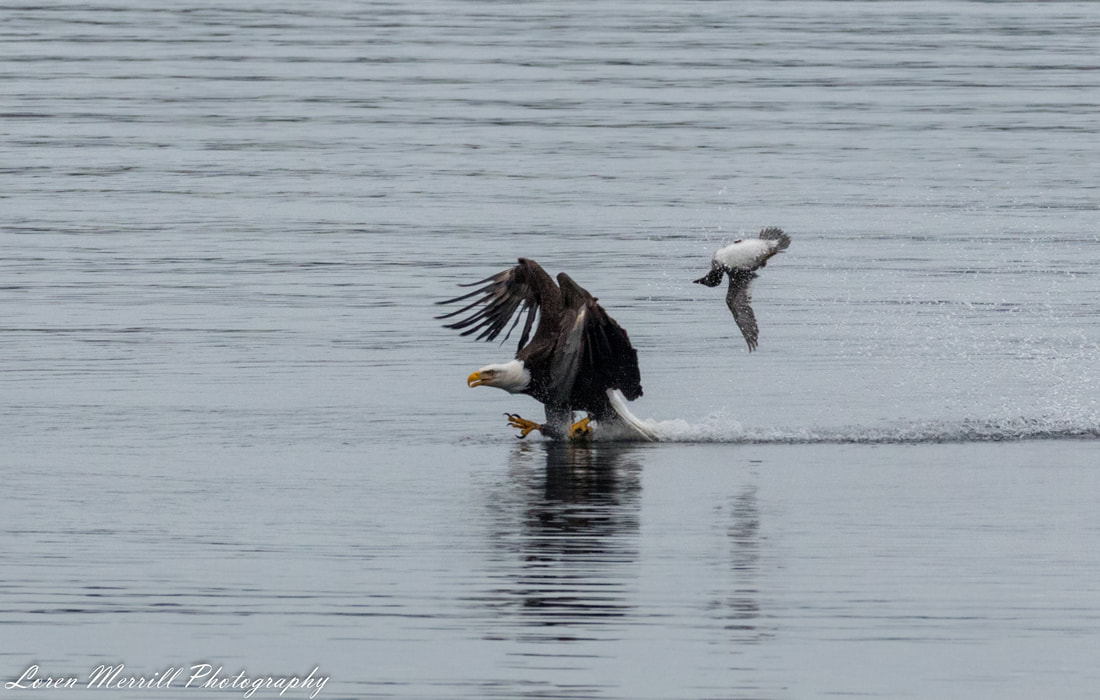 If you look closely at the closed talon, you can see that it is gripping something. Initially I thought it had some of the goldeneye's feathers, but further investigation has led me to believe it is holding the body of a Dungeness crab that was attached to the duck. Ladysmith Harbor, Vancouver Island, BC. January, 2019. I’ve really just scratched the surface for why getting outdoors in winter can be rewarding, but there are presents that need wrapping, and eggnog that needs drinking.
So I’ll wrap up this final entry for 2019 wishing everyone Happy Holidays, Happy Solstice, and Happy New Year! See you in 2020 with more views out the door. Next post: TBD Subscribe to the Newsletter: If you would like to get notifications about when new posts are up and other tidbits related to the blog, sign up for the View Out the Door twice-monthly newsletter. Just email viewoutthedoor “at” gmail “dot” com with the subject header SUBSCRIBE.
0 Comments
Leave a Reply. |
About the author:Loren grew up in the wilds of Boston, Massachusetts, and honed his natural history skills in the urban backyard. He attended Cornell University for his undergraduate degree in Natural Resources, and received his PhD in Ecology from the University of California, Santa Barbara. He has traveled extensively, and in the past few years has developed an affliction for wildlife photography. Archives:
|
